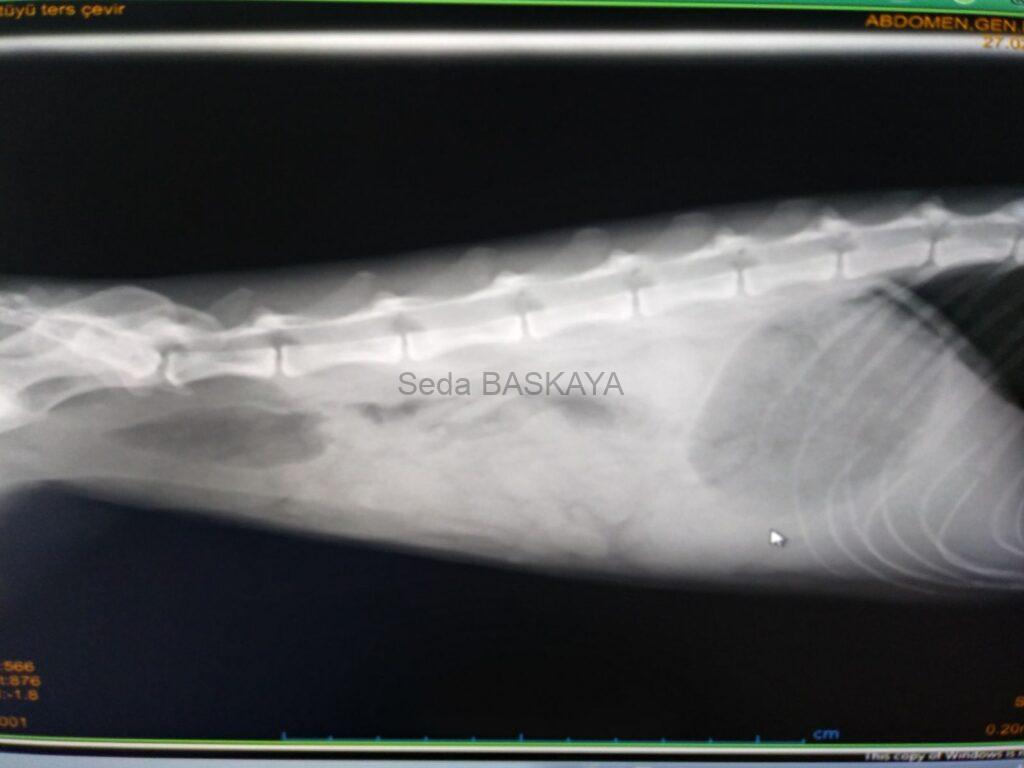Urine crystals and stones are also called bladder stones. This painful disease occurs in the bladder or urinary tract. Urination (urination) is very painful for a pet with urinary stones. If some components of the urine are too concentrated, urine crystals may form. If this condition is left untreated, it can lead to stone formation. In some serious cases, your pet will not be able to urinate because bladder stones can block the urinary tract and serious problems will arise by deteriorating its general condition.
The most common stones in cats and dogs are struvite stones, which are composed of struvite crystals.Struvite; It is a stone composed of magnesium, phosphorus and ammonium and occurs in urine containing high levels of magnesium and phosphorus and having alkaline pH. If you feed your pet with an appropriate diet, you will prevent both dissolution and formation of struvite stones.
Oxalate stones formed by calcium oxalate crystals are formed in urine containing high levels of calcium and oxalate. When calcium oxalate stones are formed, surgical intervention is required as they will not dissolve with medication or diet application. If you feed your pet with the right diet, you will prevent the formation of new oxalate stones in the urine. The veterinarian will recommend the most suitable diet for your pet.
Urate stones are rare in cats and dogs. In some breeds (Dalmatians) or pets with abnormal liver function, the rate of occurrence is high. Ammonium urate stones form in acidic urine containing high concentrations of urate and ammonium.
Cystine crystals and stones are seen only in certain races. These crystals are formed in acidic urine containing a high concentration of cystine.
Risk factors that increase the formation of urine crystals and stones; if the urine is in a very high concentration with its crystalline components and the diet contains high levels of magnesium, phosphorus, calcium or protein, if the diet causes too high or too low pH, the urine becomes too concentrated and its quantity decreases. This situation reduces the frequency of urinating.
Especially struvite crystals and stones form as a result of an infection in the urinary tract. Age and race can make your pet more sensitive in terms of the formation of certain stones. Urine stones and crystals are seen in both female and male pads. Obstruction is more common because male pads have thin and long urinary tracts due to their anatomical structure.
After the physical examination, he or she will perform the following tests:
Urine analysis: First determine the presence of urine crystals, the type of stones and crystals under the microscope, and measure the urine pH. If necessary, some tests can be performed to detect the presence of bacterial infection in the urine.
Radiography (x-ray):Whether there are stones in the urinary tract and bladder is determined by x-rays.
Stone analysis: Components of the stone need to be determined.
Crystals develop only when the formation of crystal components in the urine is high and the pH appropriate for crystal formation. Stone formation is prevented by the diet that will provide low crystal concentrations and an unsuitable pH for crystal formation. Since different types of crystals are formed under different conditions, each type of crystal needs its own diet.

